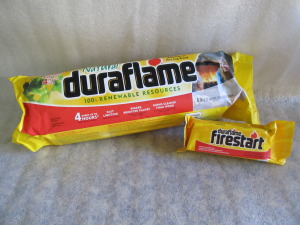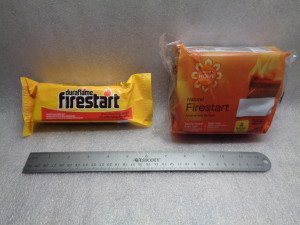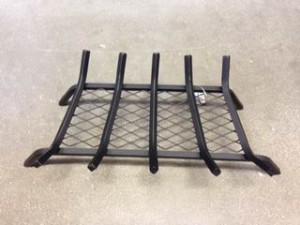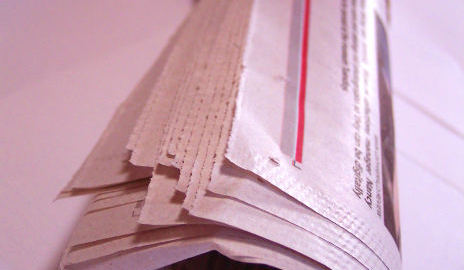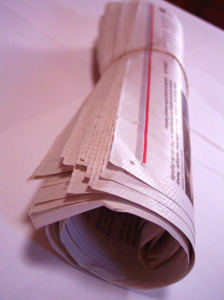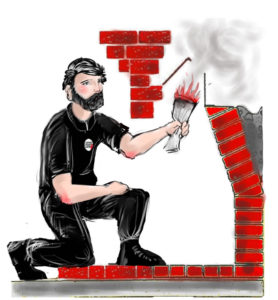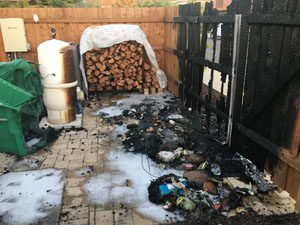 I had an interesting conversation with a caller recently. She had emptied her ashes from her fireplace, placed them in her outside trash can and left to run some errands. What she hadn’t realized was that the embers were still hot even though it had been a few days since her last fire. A neighbor happened to drive by and saw the entire fence was on fire. He called the fire department who miraculously saved the house.
I had an interesting conversation with a caller recently. She had emptied her ashes from her fireplace, placed them in her outside trash can and left to run some errands. What she hadn’t realized was that the embers were still hot even though it had been a few days since her last fire. A neighbor happened to drive by and saw the entire fence was on fire. He called the fire department who miraculously saved the house.
Her house suffered the loss of her fence and her pool filter and of course, completely disintegrated the trash cans. Because of an observant neighbor’s fast action, she didn’t lose her house.
The homeowner provided me with a photo of the damage. For obvious reasons, she wished to remain anonymous but wanted to spread the word on what can happen if you’re not careful.
Here are tips to properly dispose of fireplace ashes
Even days after having a fire, the ashes can contain embers that are hot enough to ignite combustible materials.
• Before emptying the ashes from your fireplace, spread the ashes out for a period of time to help cool them off more.
• Never dump ashes into combustible materials such as paper bags, cardboard boxes or plastic containers.
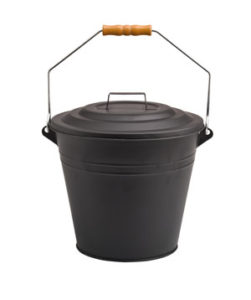 • Ash buckets specifically designed for this purpose can be purchased from Amazon, big box hardware stores or from your local fireplace store. The ash bucket should be made out of metal, have a tight-fitting lid with a carrying handle and ideally should have a double bottom. Many come with an ash shovel.
• Ash buckets specifically designed for this purpose can be purchased from Amazon, big box hardware stores or from your local fireplace store. The ash bucket should be made out of metal, have a tight-fitting lid with a carrying handle and ideally should have a double bottom. Many come with an ash shovel.
• Put the lid on the ash bucket while moving the ashes from your fireplace to the exterior of your home. You don’t want any fly-away embers and ashes to land on your carpeting or couches.
• Do not place the full ash bucket on a wood deck or inside a garage. True story: We saw a house completely burn down to the ground because they put the hot ash bucket on their wood deck. Instead, place the ash bucket outside and away from the house.
• Never place the ash bucket near flammable liquids.
After the fireplace ashes have cooled
• Avoid spreading the ashes on a windy day. They may not be cooled off and can then spread to a combustible material or vegetation.
• Don’t spread the cooled-off ashes near flammable vegetation.
• There are many practical uses for your fireplace ashes. Don’t just throw them away. Gardening, composting, and deterring insects are just a few of those uses.
• Keep in mind that in some jurisdictions, homeowners may be held financially liable for any damage incurred due to not properly disposing of fireplaces ashes.
During the winters, it’s not uncommon to hear news stories about houses being burned down to the ground due to fireplaces–homeowners displaced and lives sadly and tragically lost. Enjoy your fireplace but keep these important points in mind when dealing with the ashes after a fire in your fireplace.


